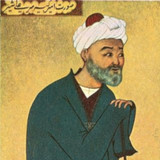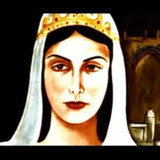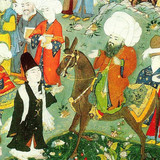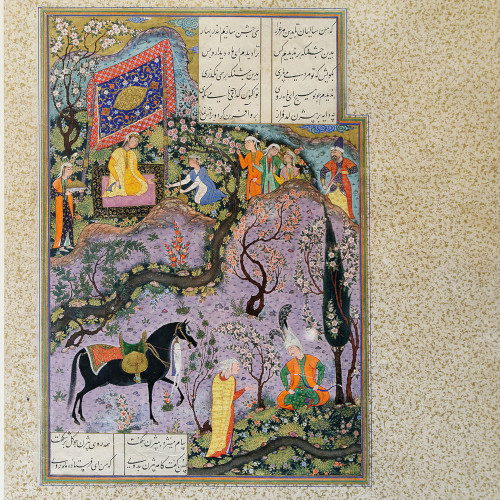Writers in medieval Central Asia were often challenged to cross linguistic and cultural boundaries. The writer, his patron and various classes in the surrounding society often did not share a language in common, and thus literature could serve an important purpose in defining group identities and emphasizing either their distinctness or their unity. Literacy was encouraged in Islam, and by the 9th century paper-making technology imported from China allowed for wider dissemination of both religious and secular texts. More poems and stories, however, were intended to be transmitted orally or sung by performers known as bakhsy, who were something like a Central Asian equivalent to European troubadors. At times, the singer and poet were the same. Among the achievements of these artist was the refinement of the ghazal, a poetic form usually romantic in theme and typically sung. The Central Asian poets Rumi and Omar Khayyam remain among the most popular authors of the medieval period from any region.
Further reading: https://www.rferl.org
Scholars Who Studied Literature
 Navai
Navai
 Rabia Balkhi
Rabia Balkhi
 Rumi
Rumi

